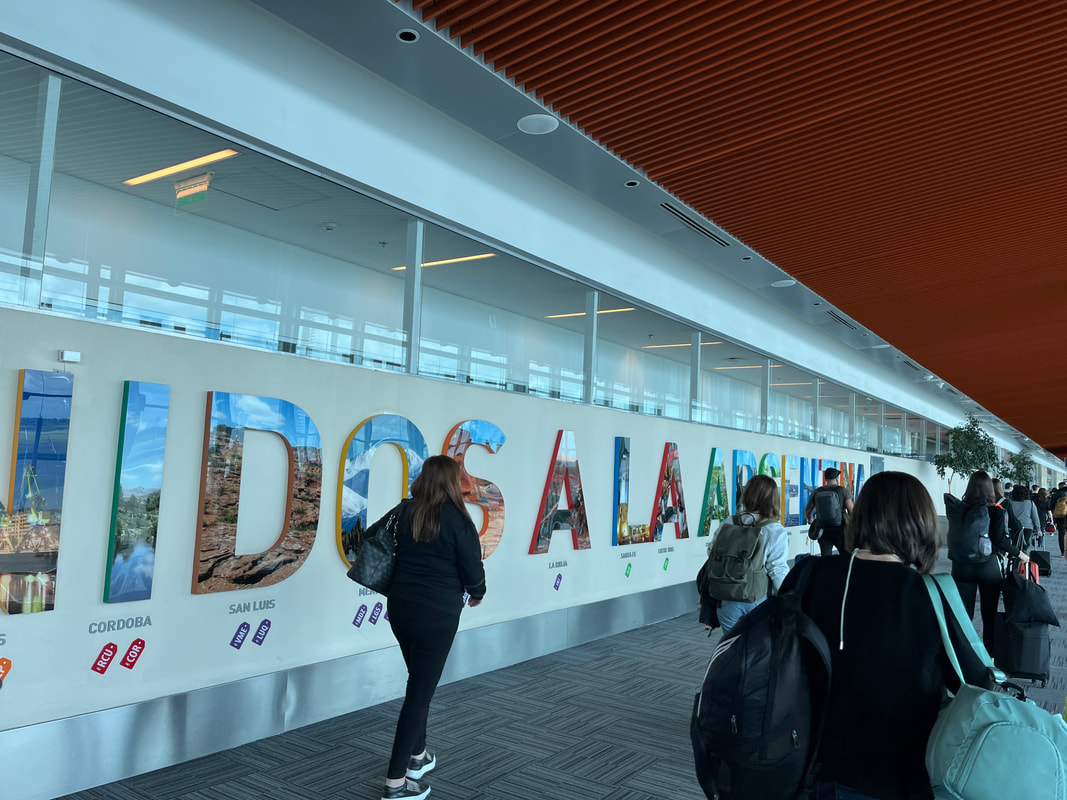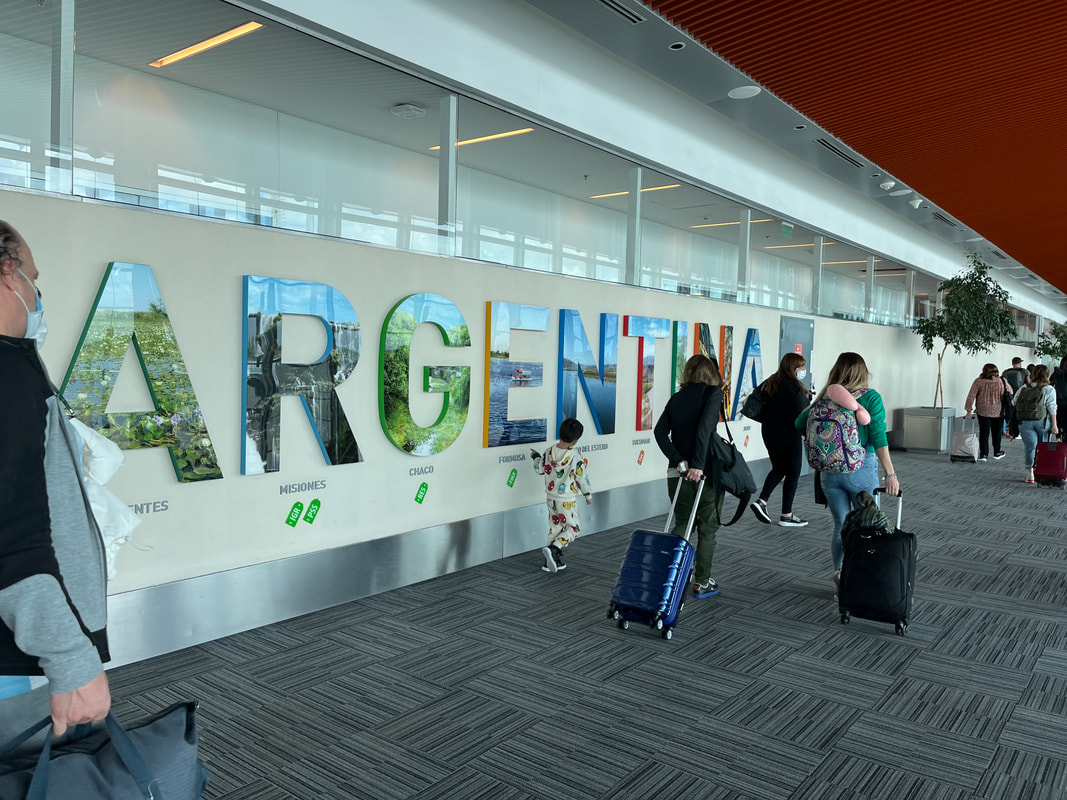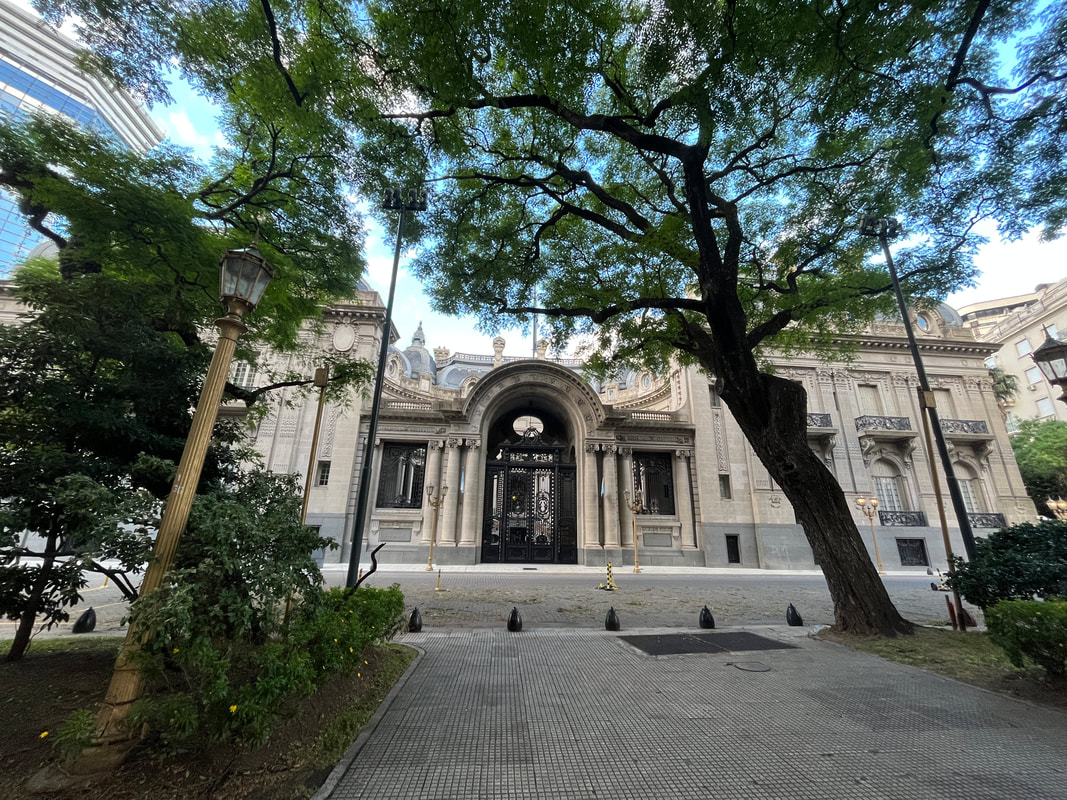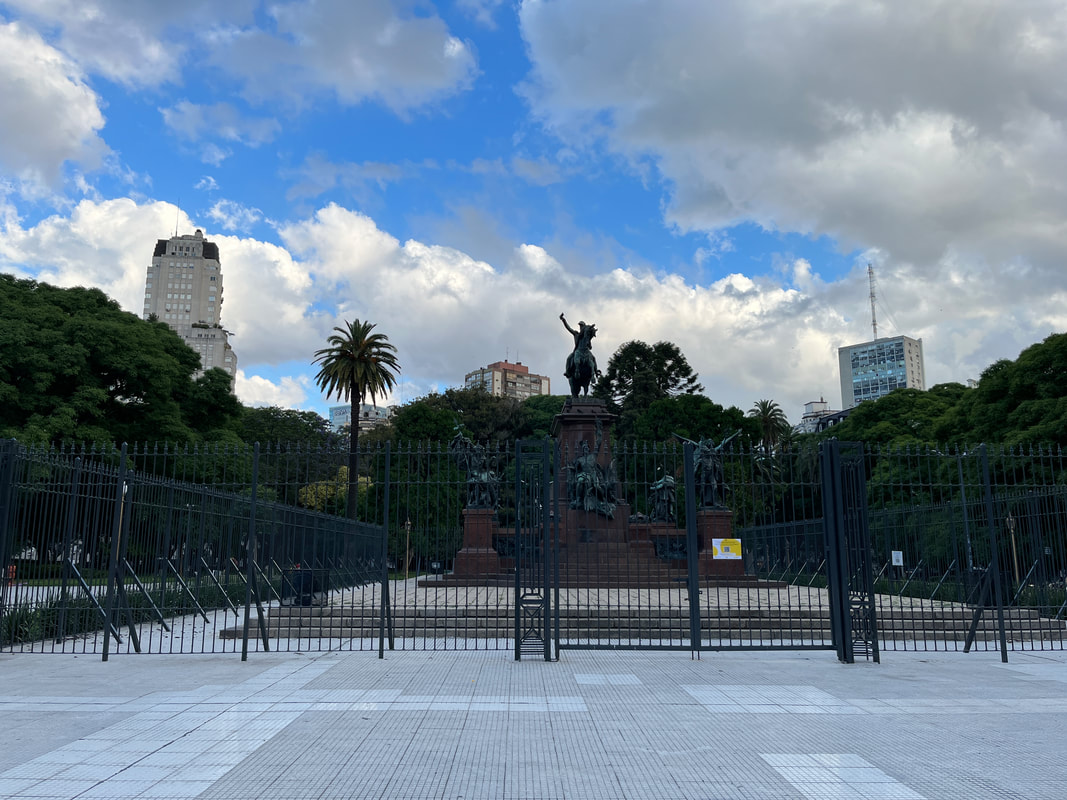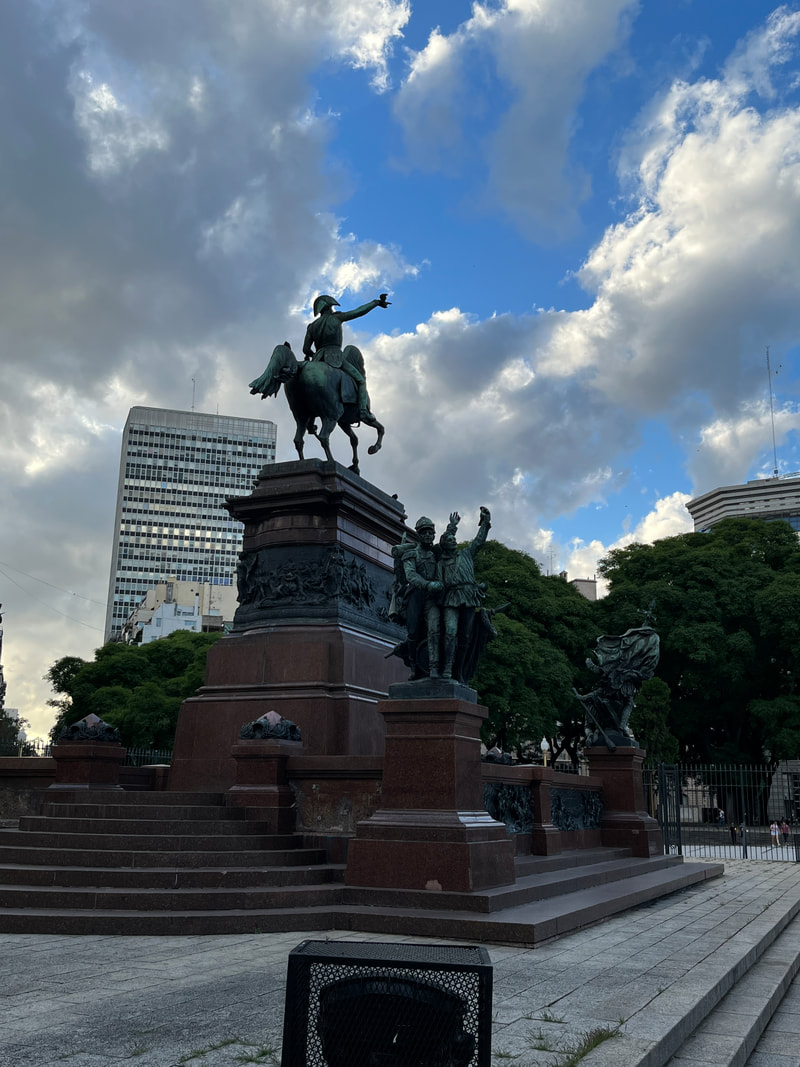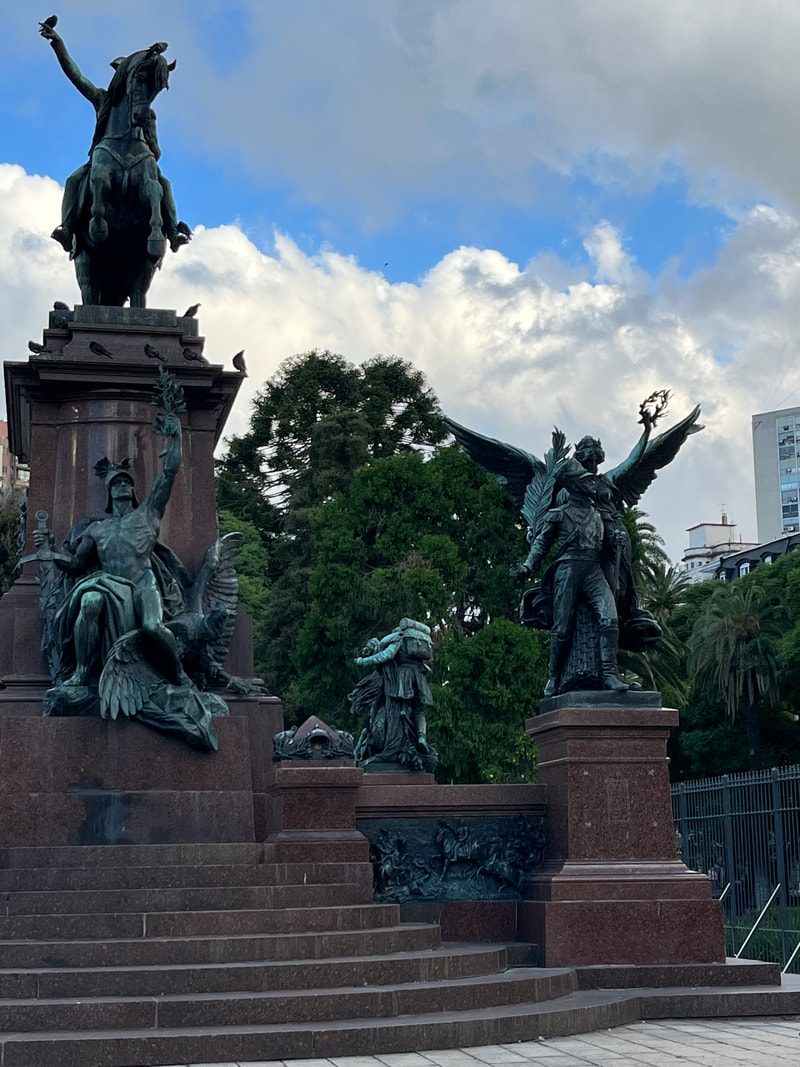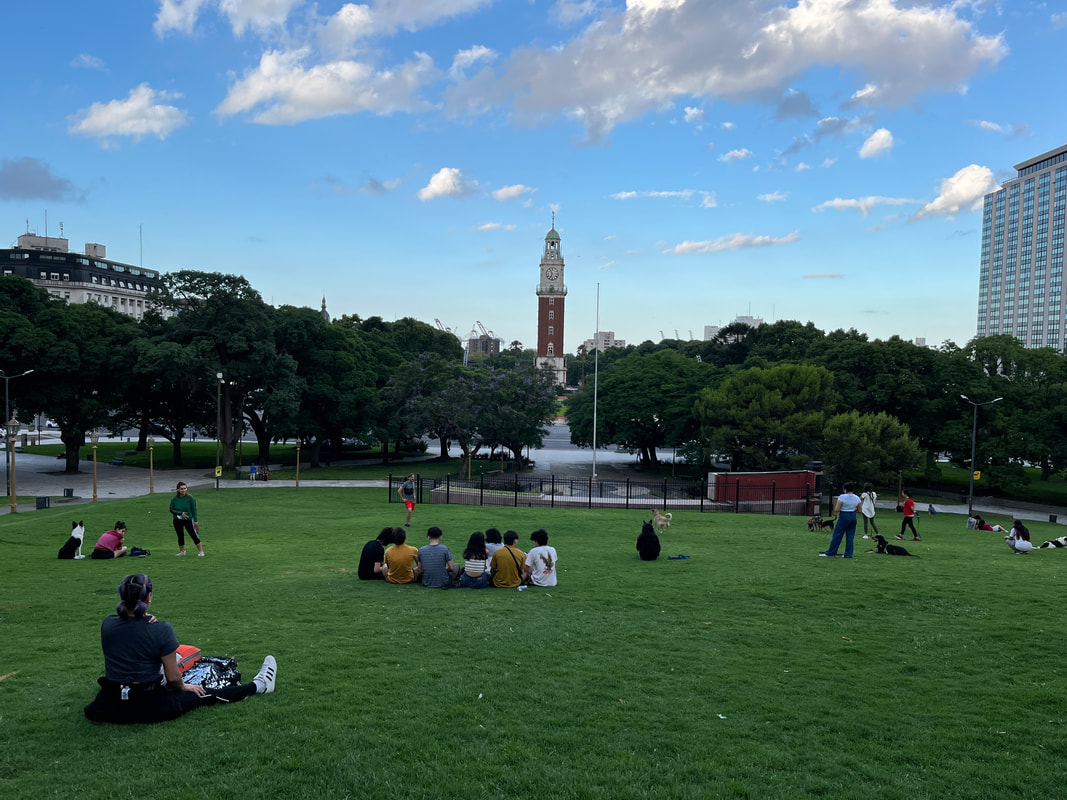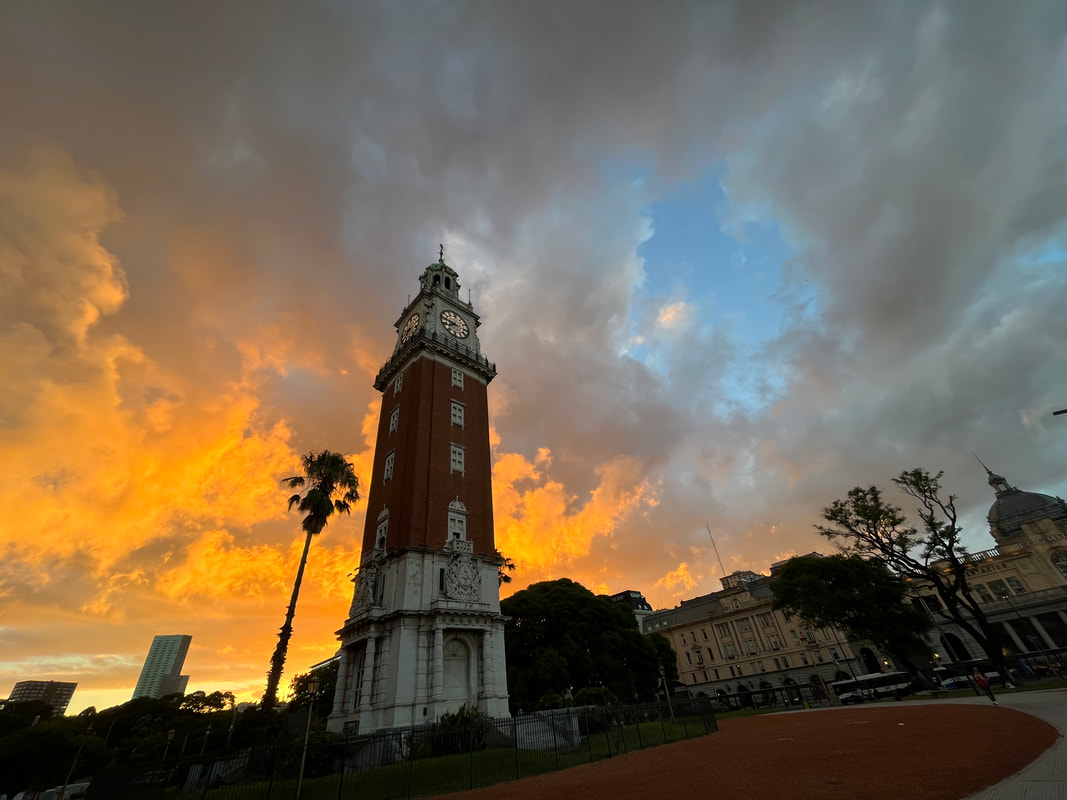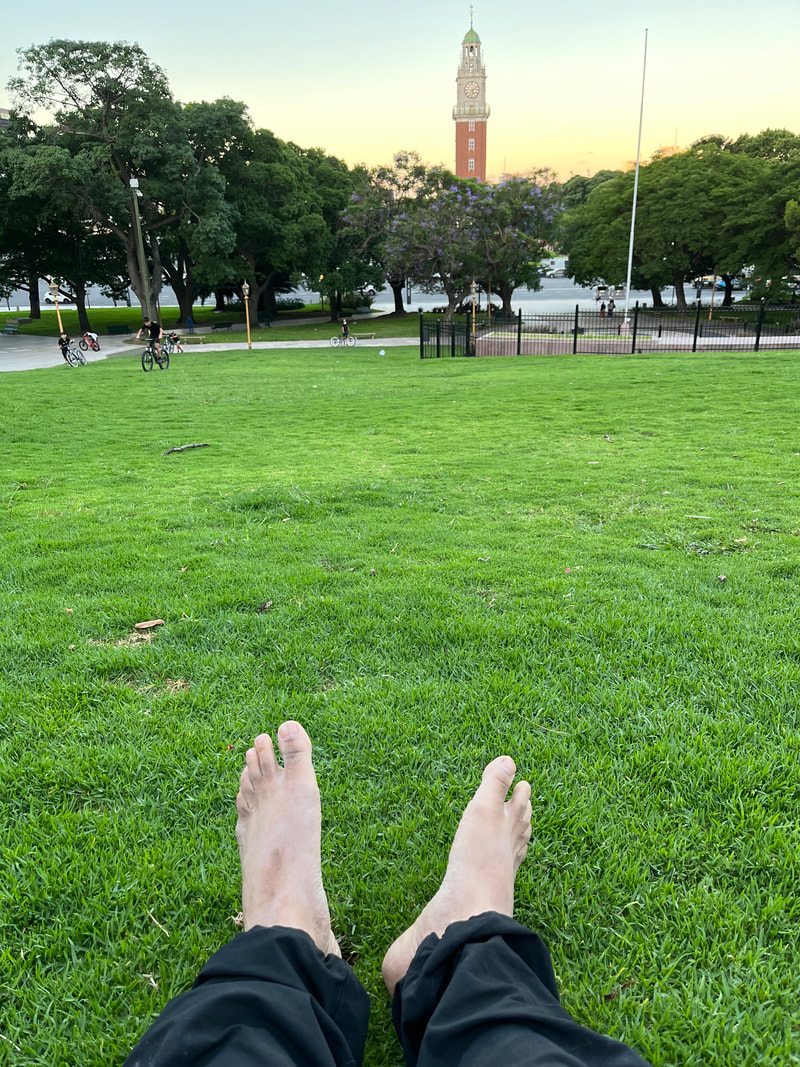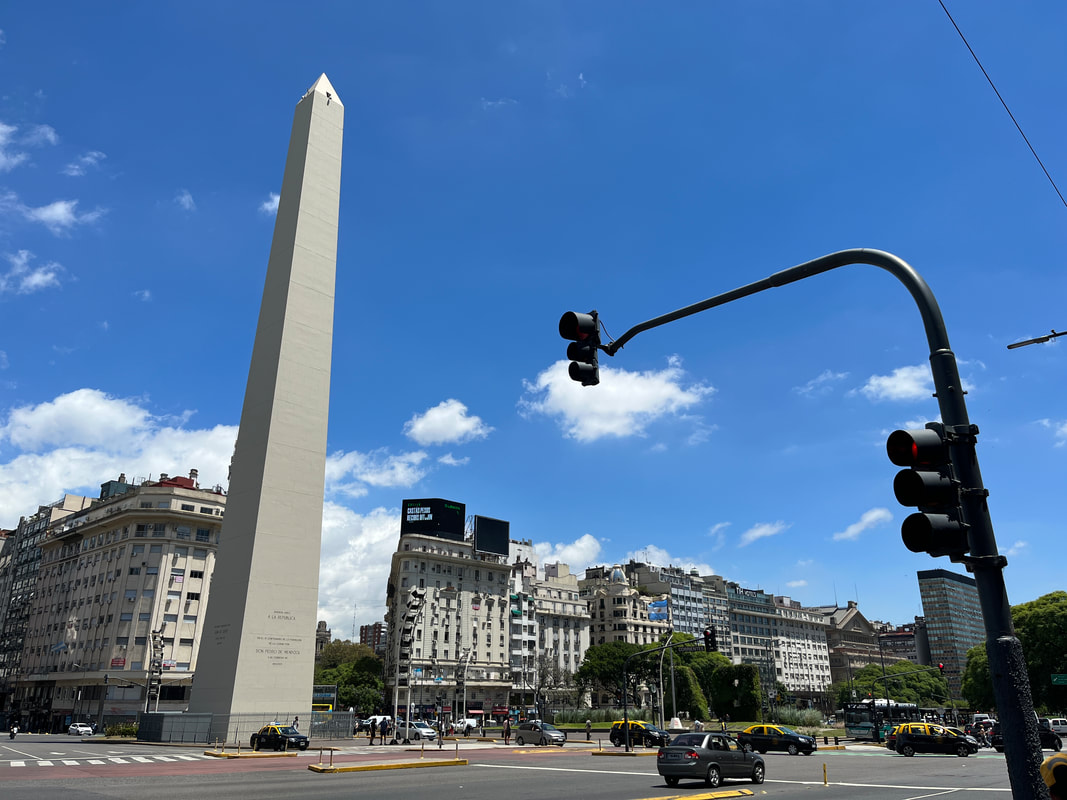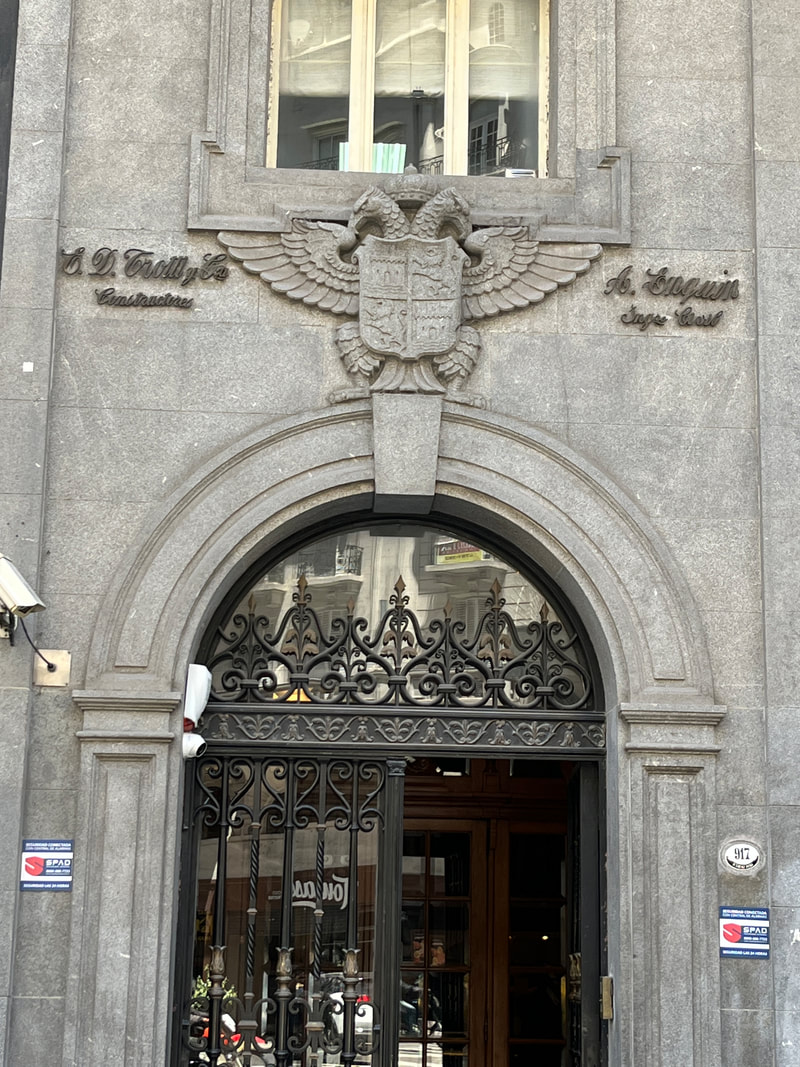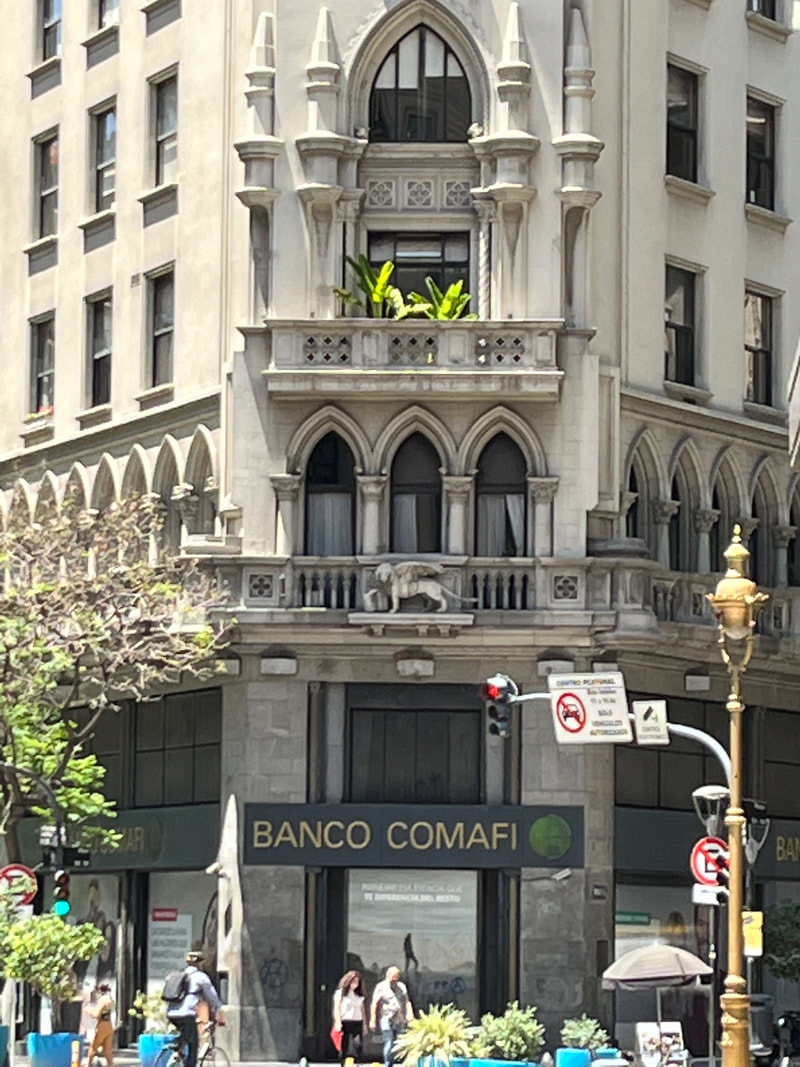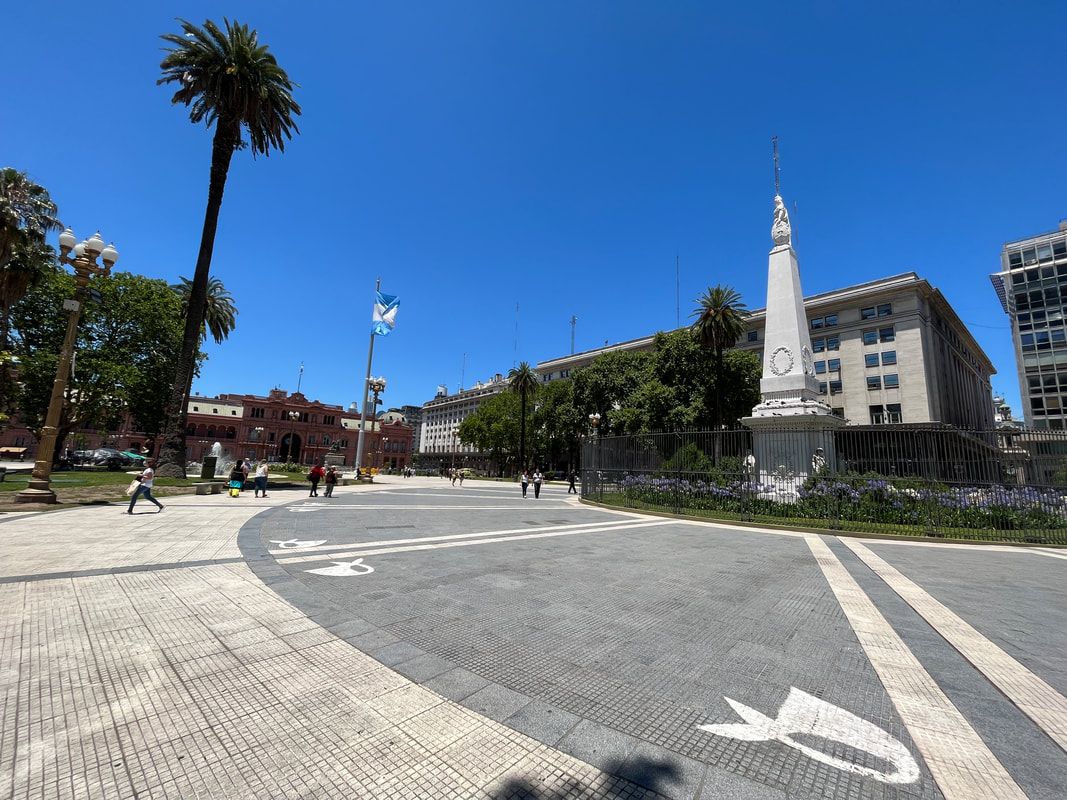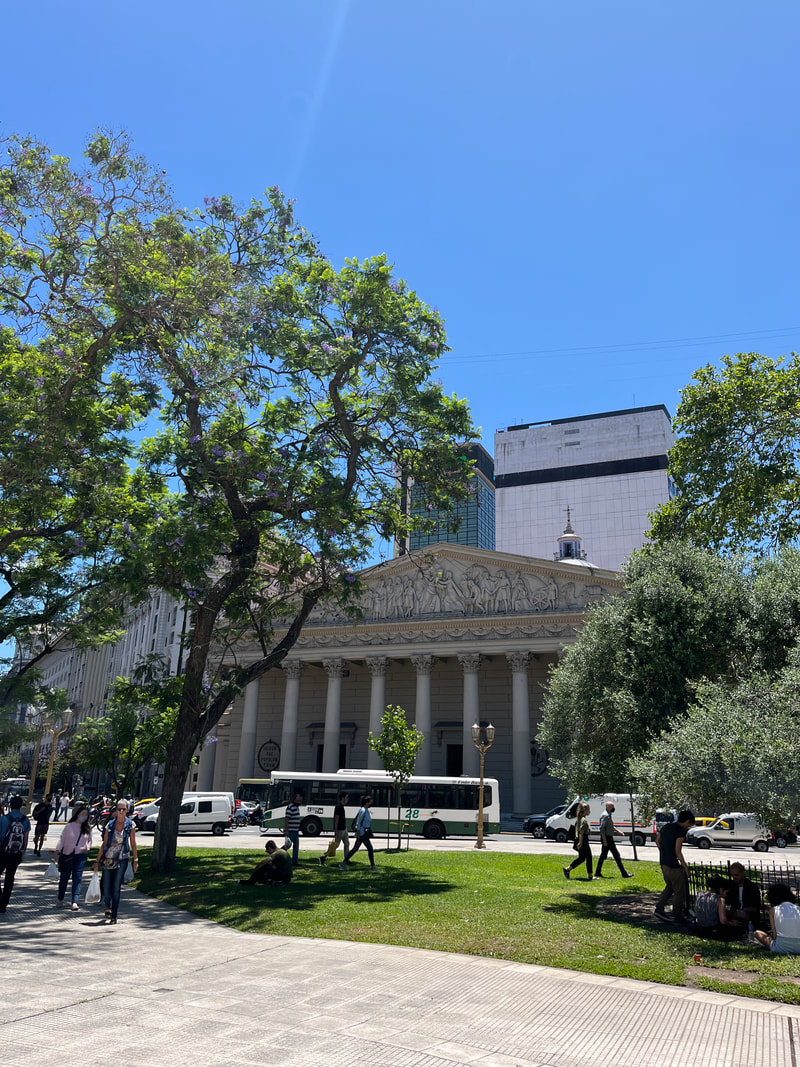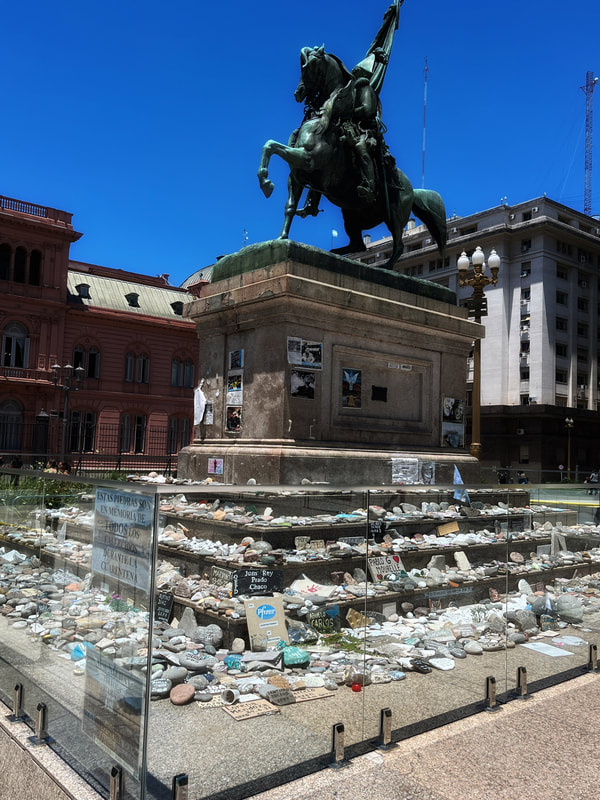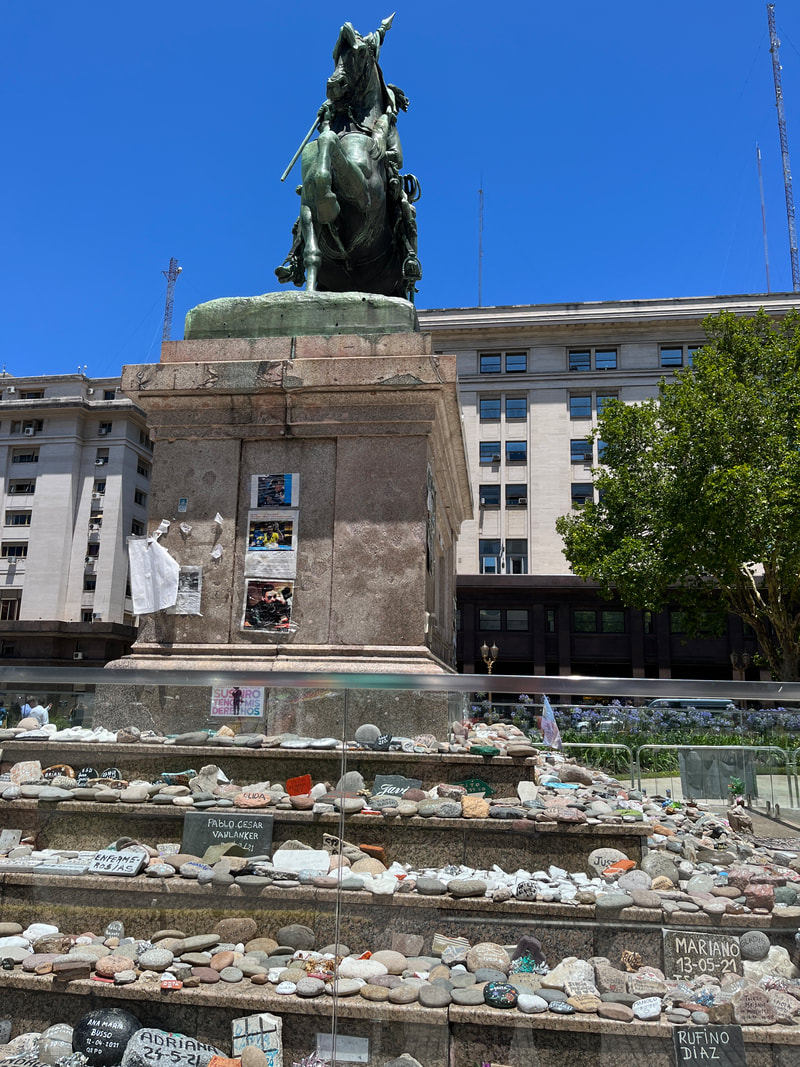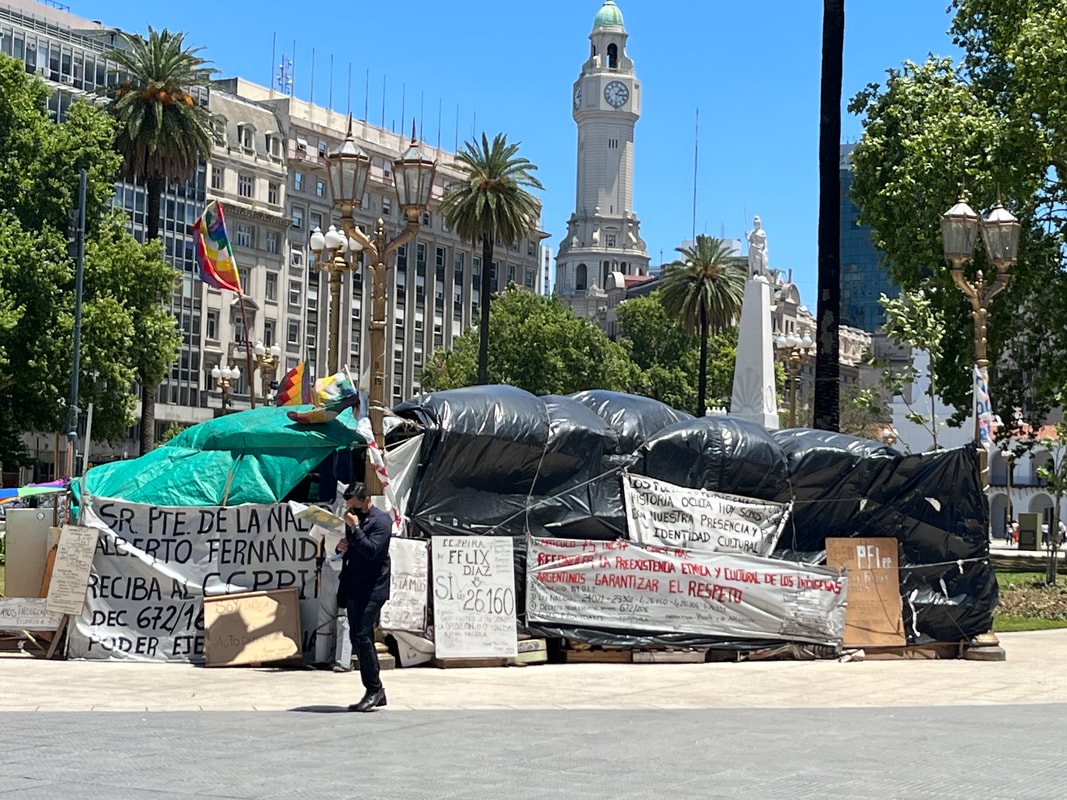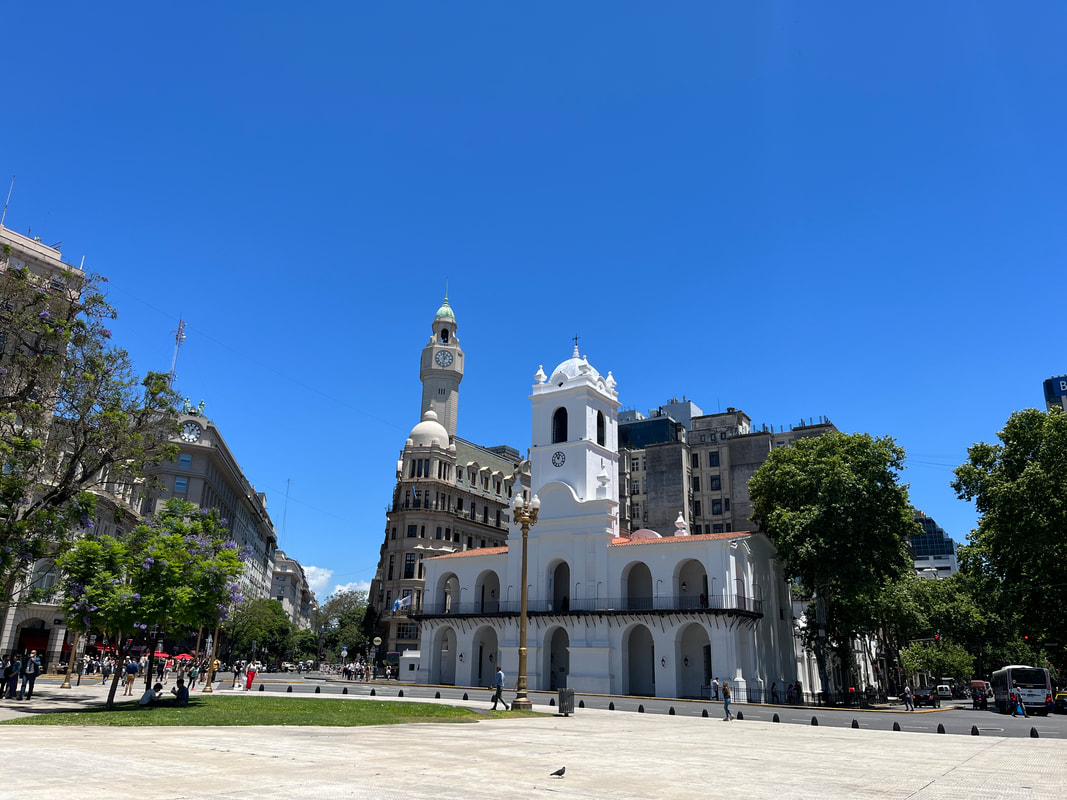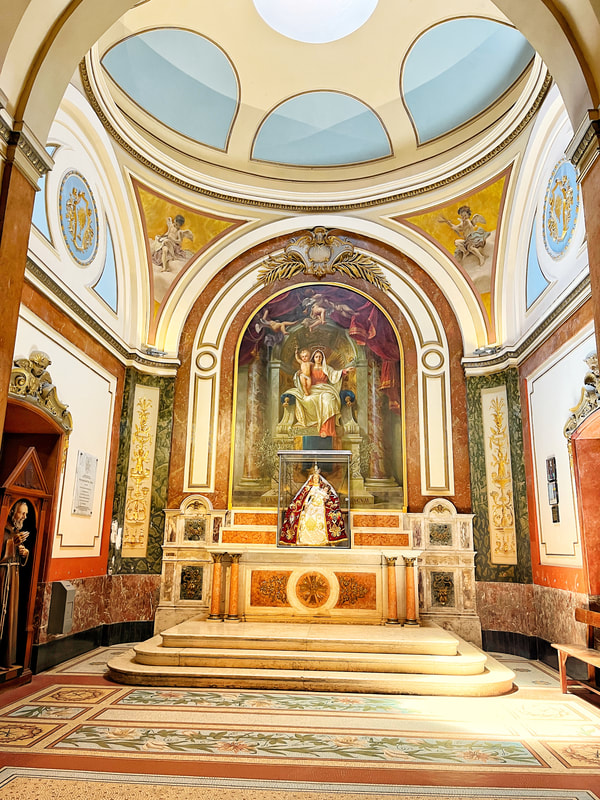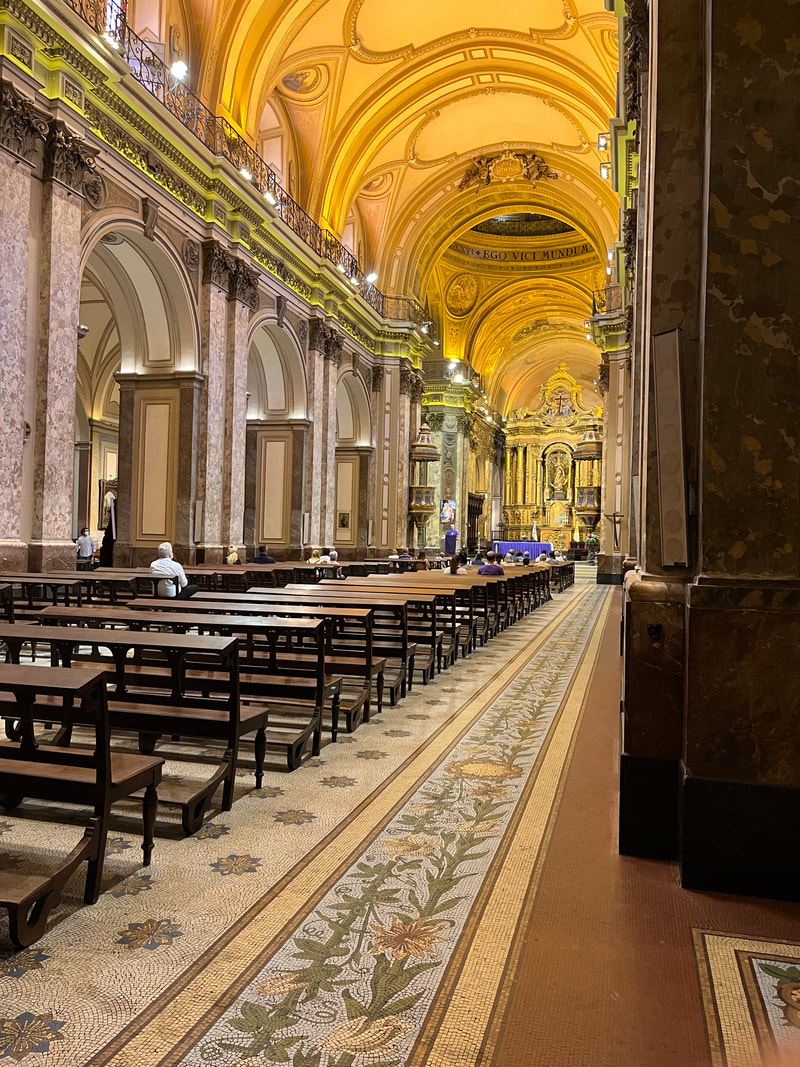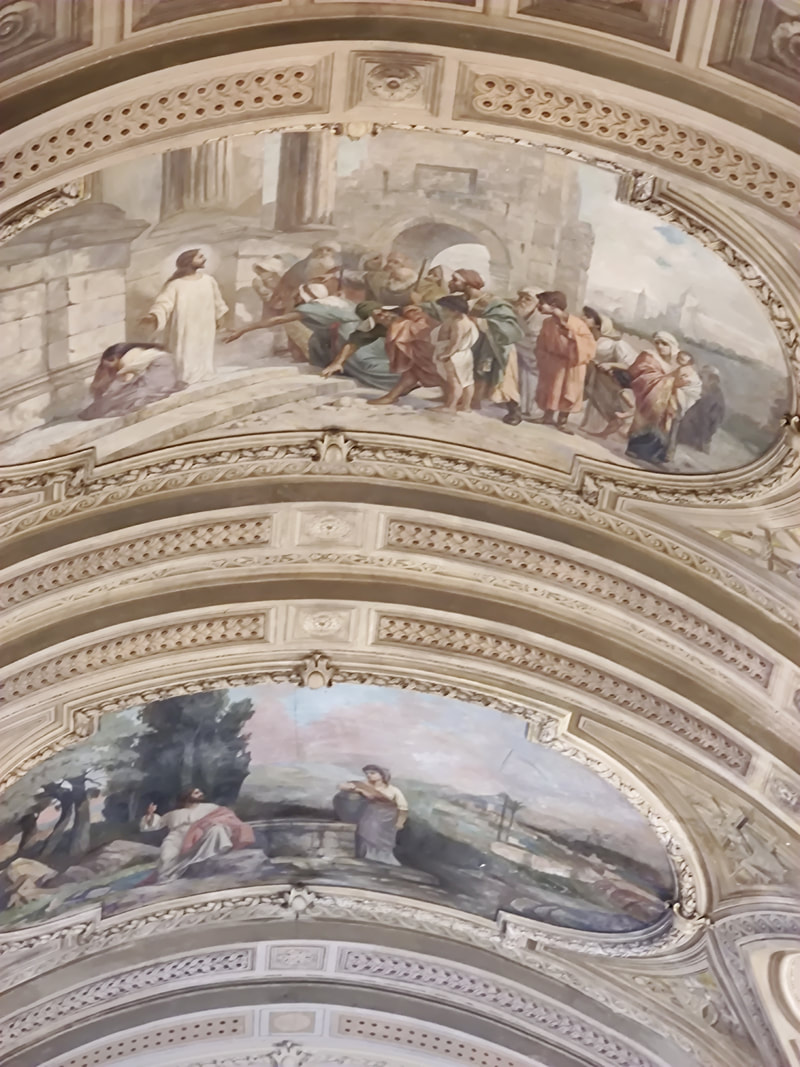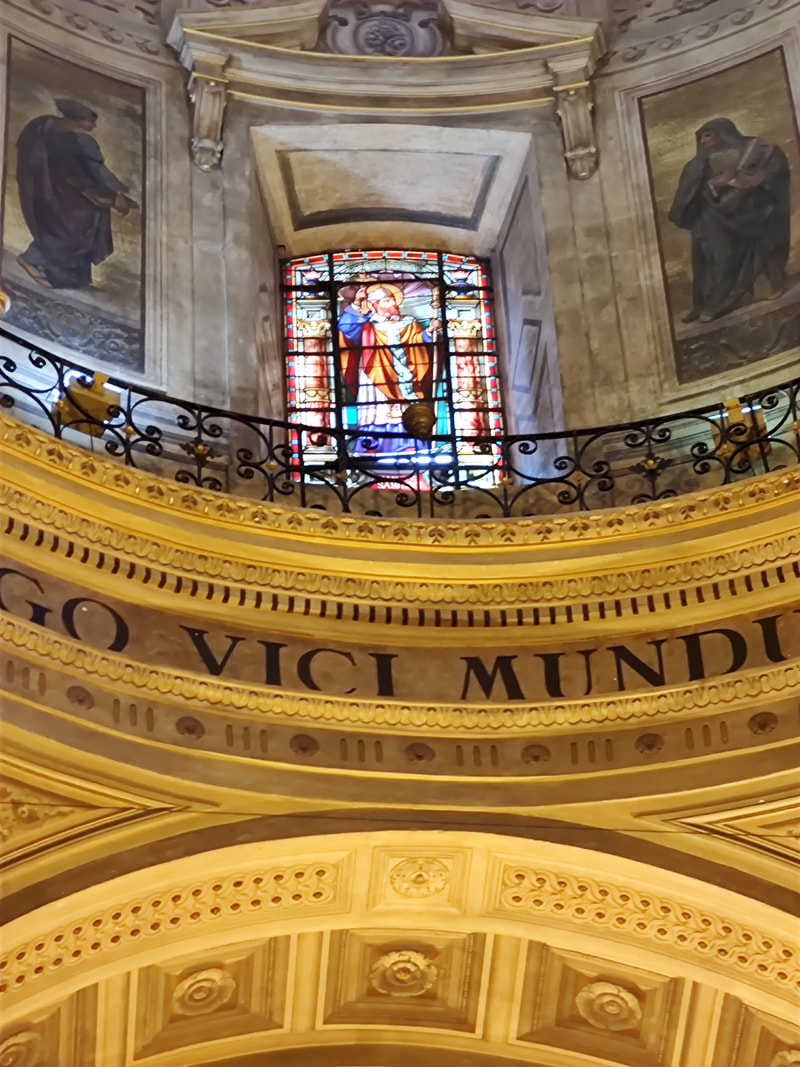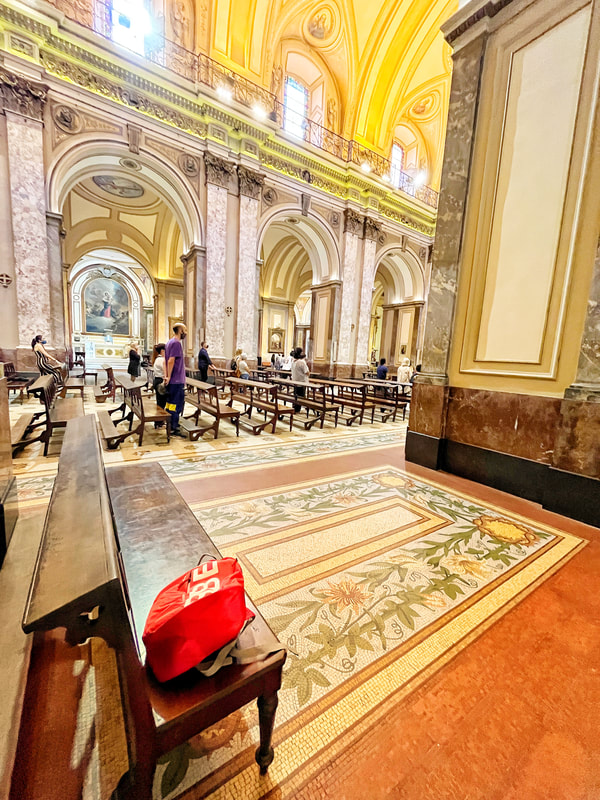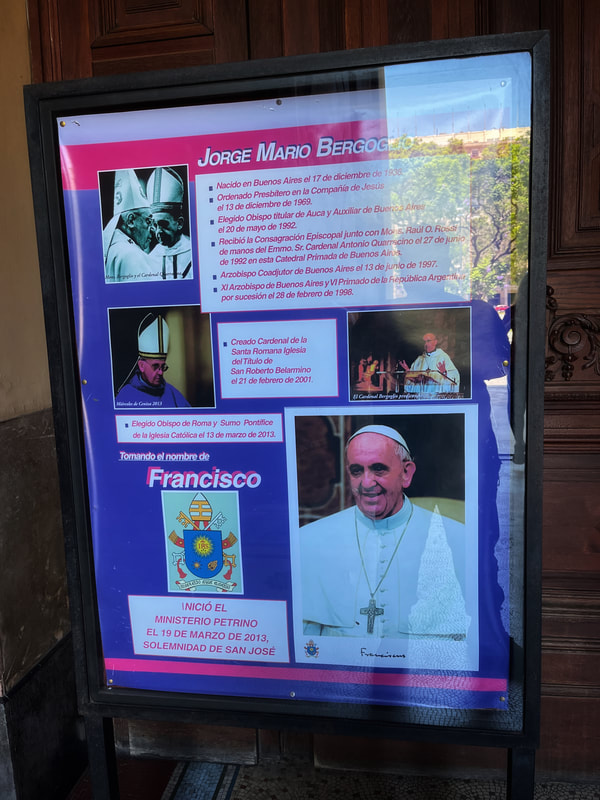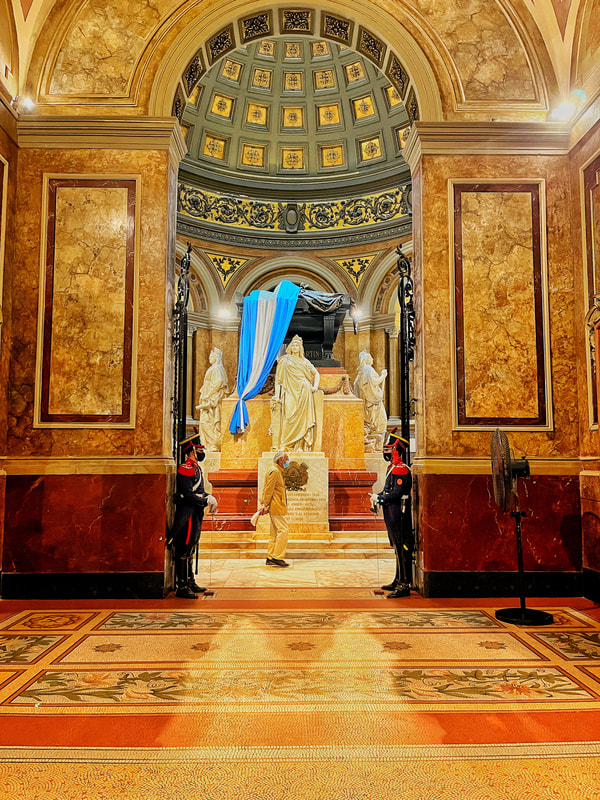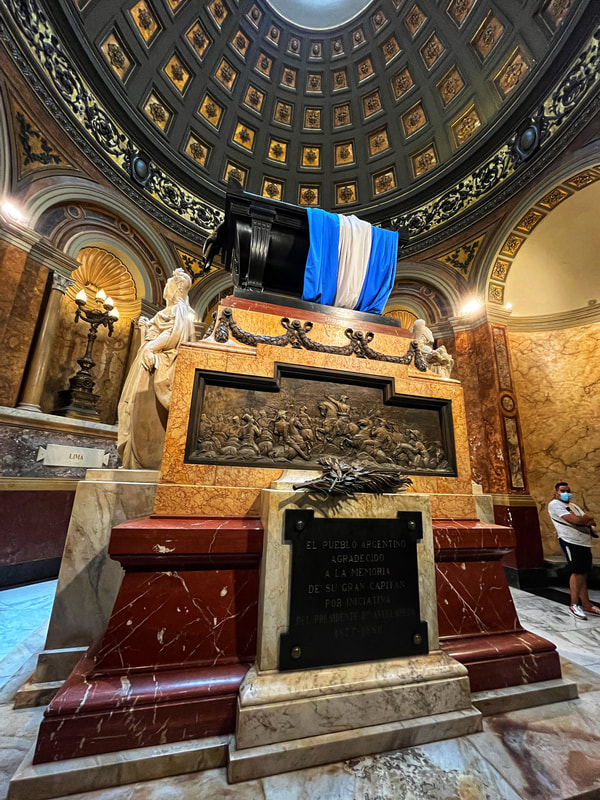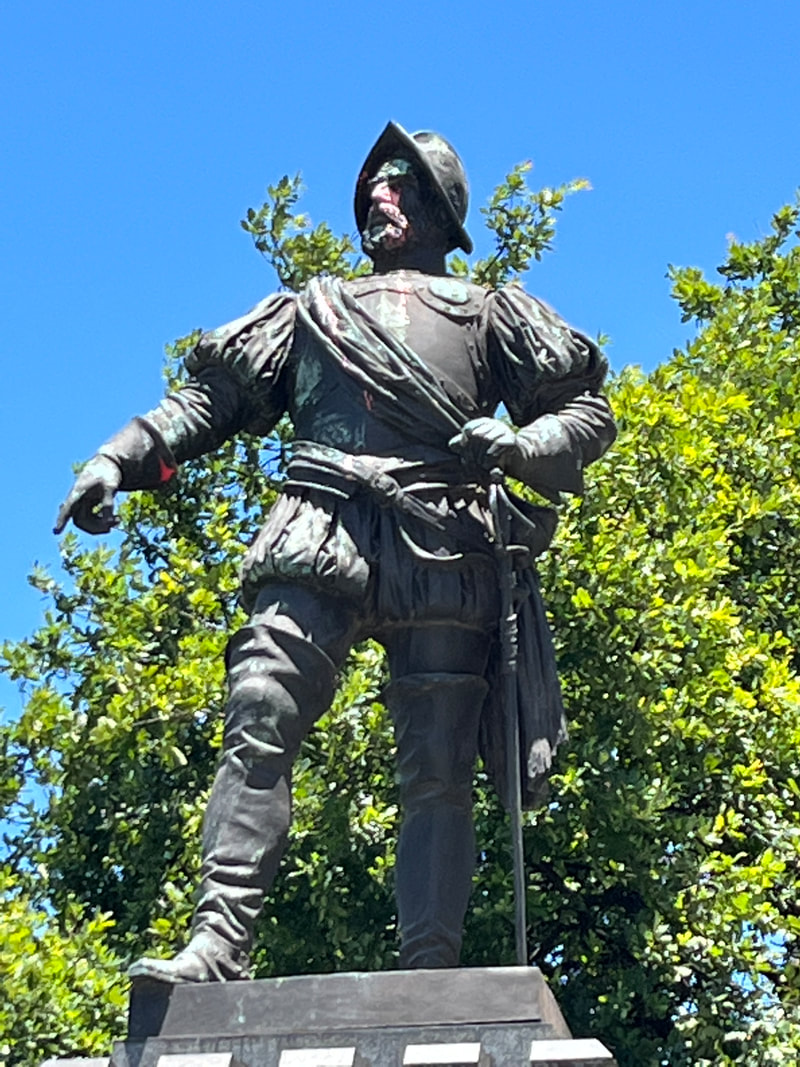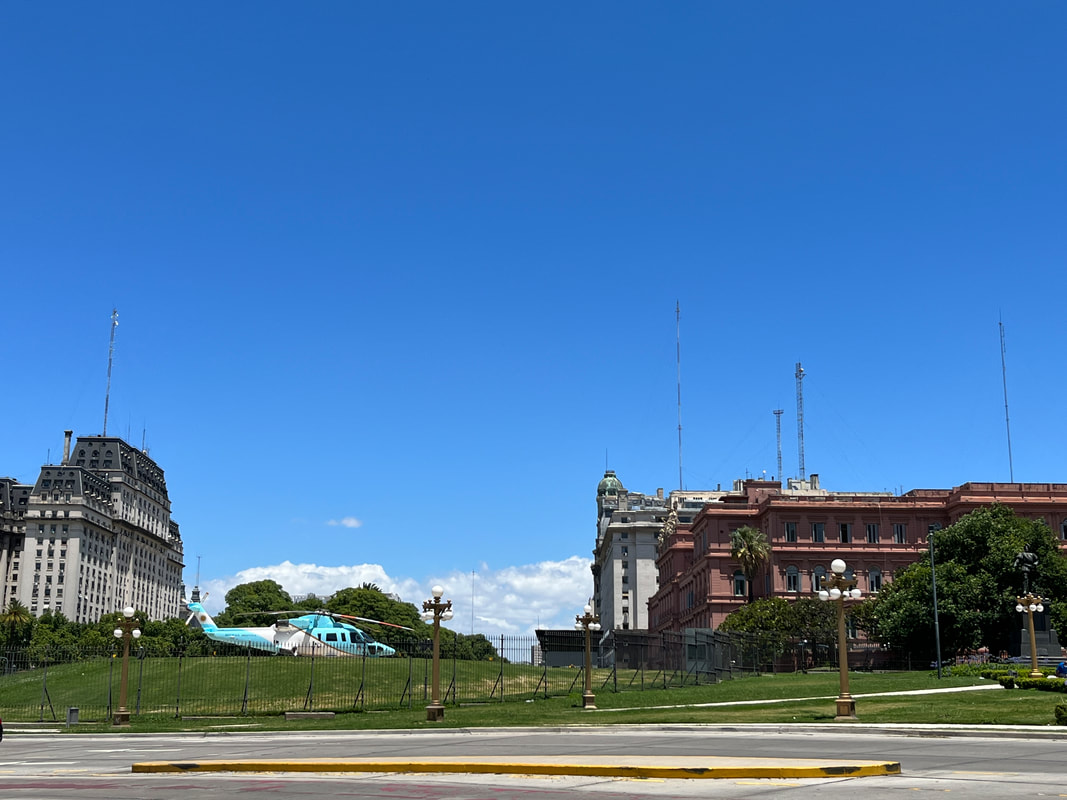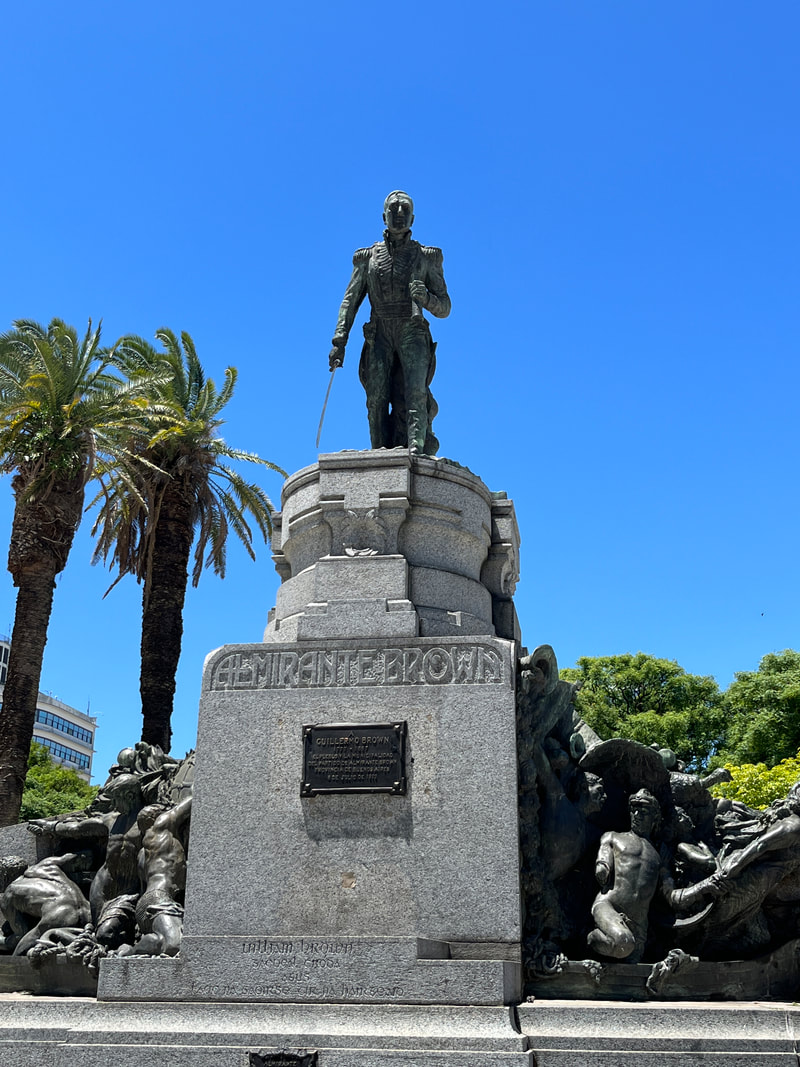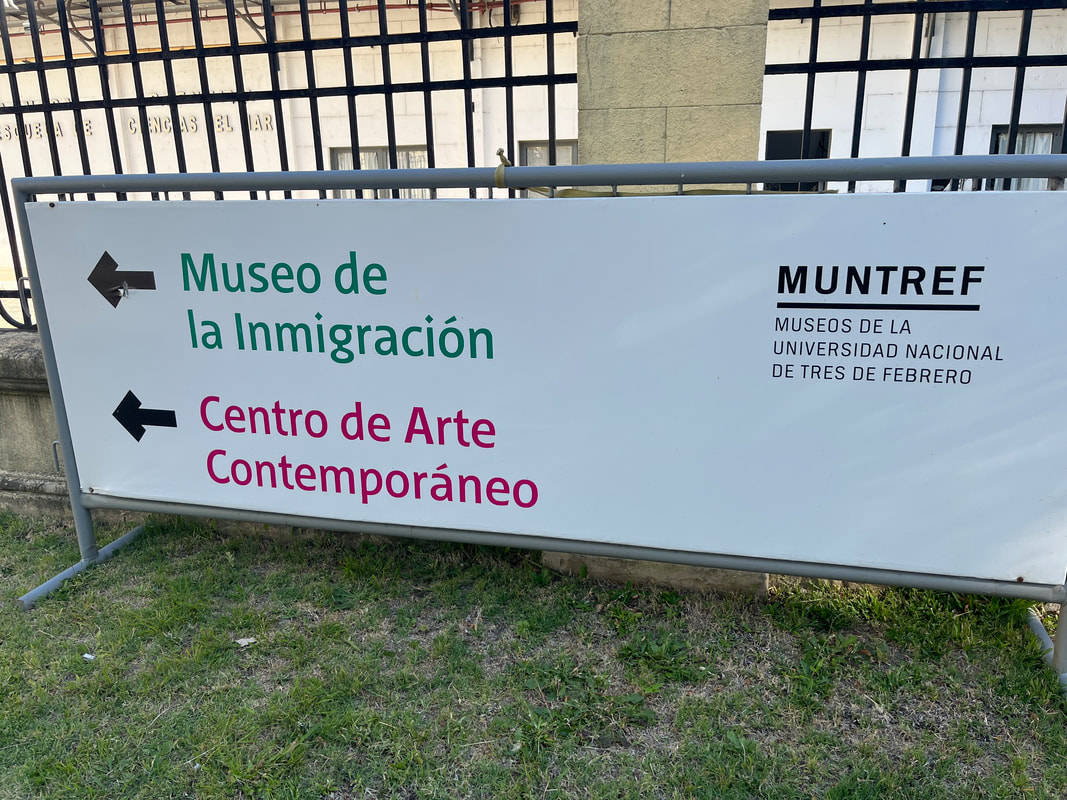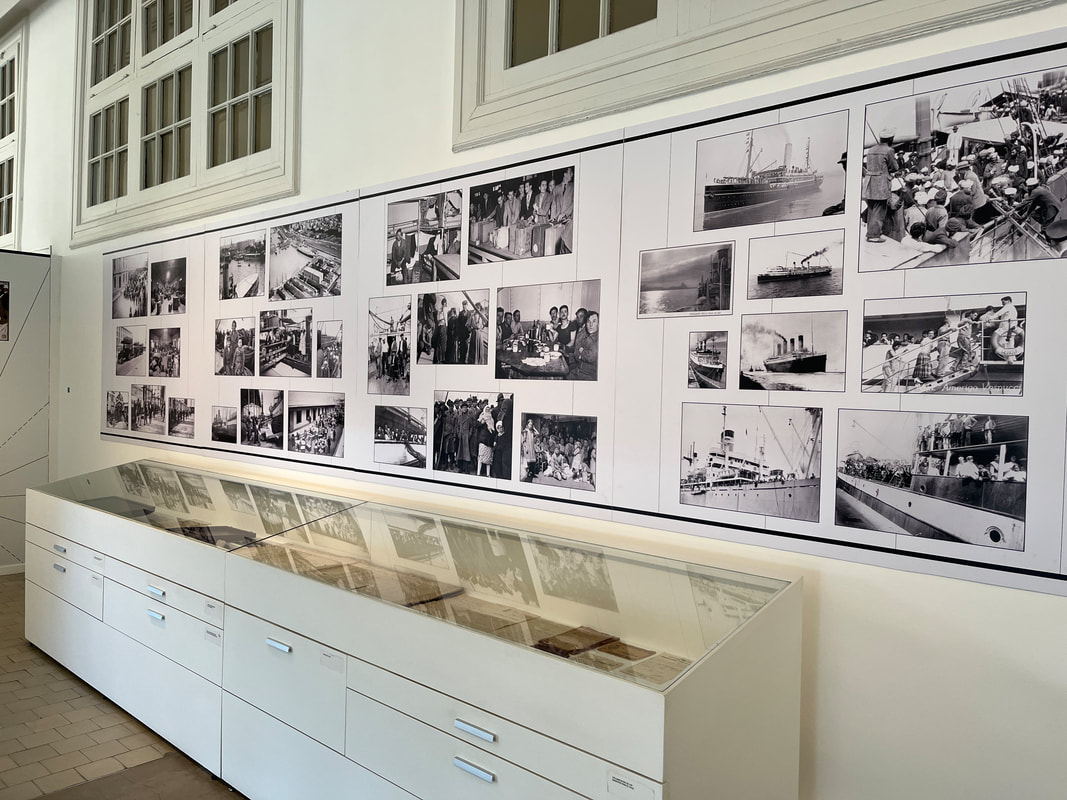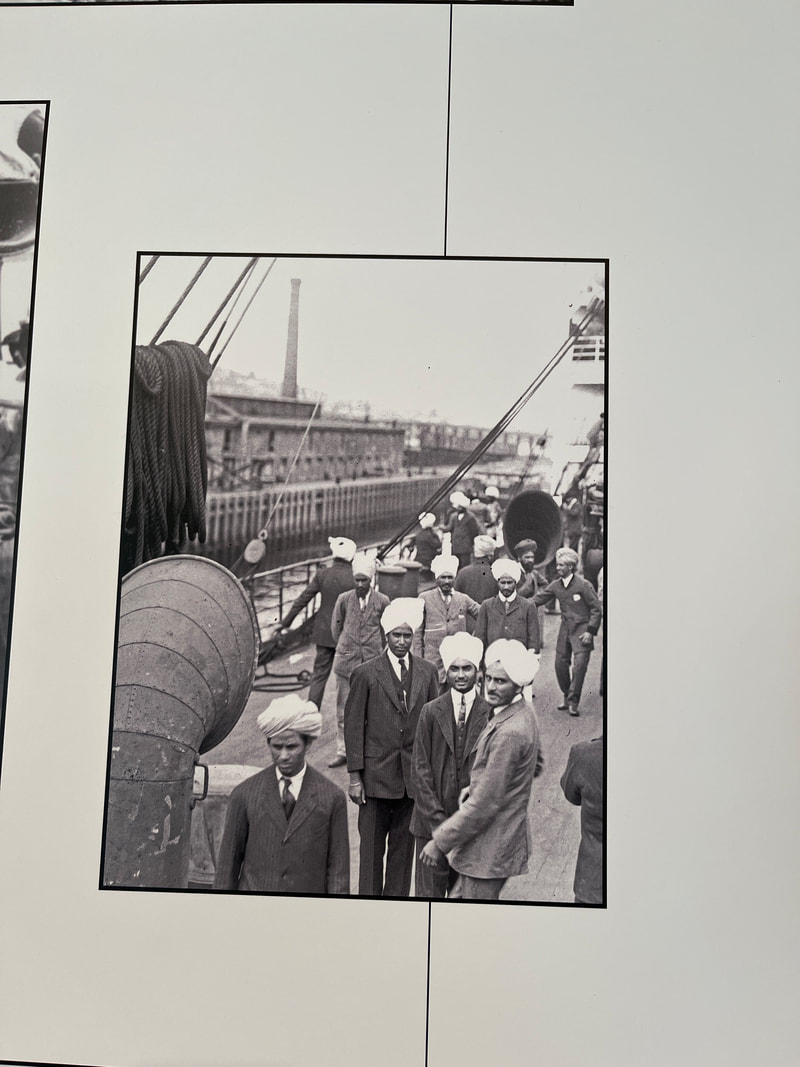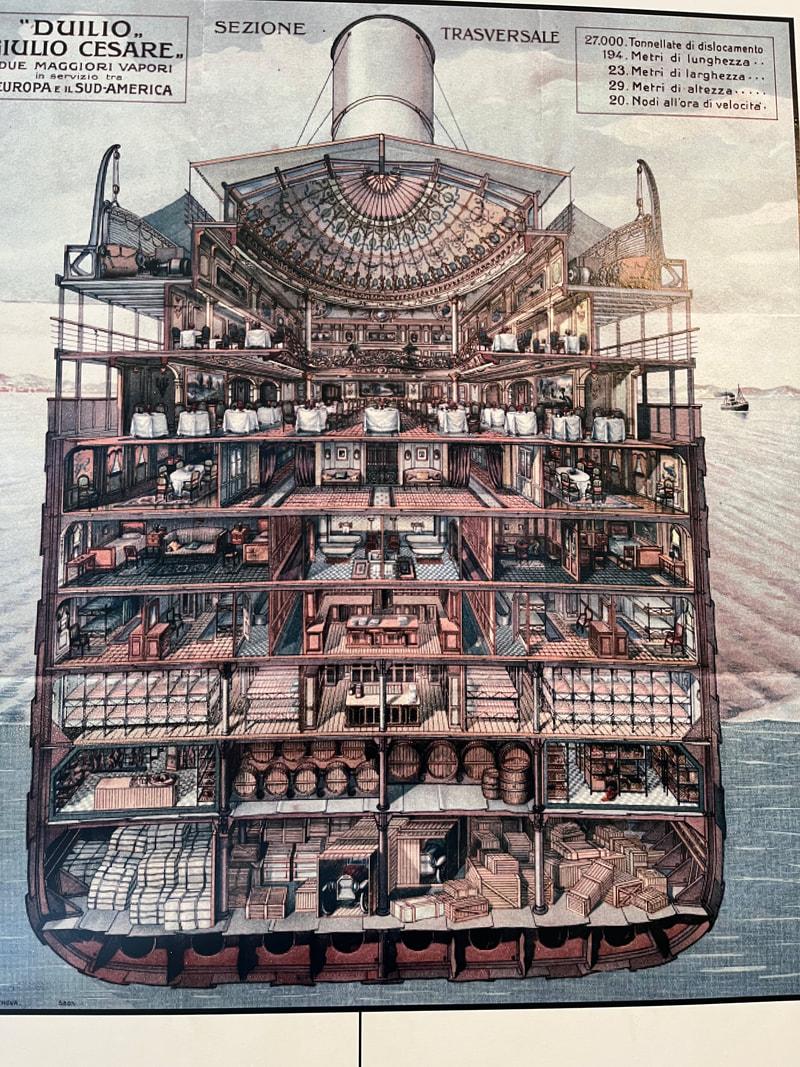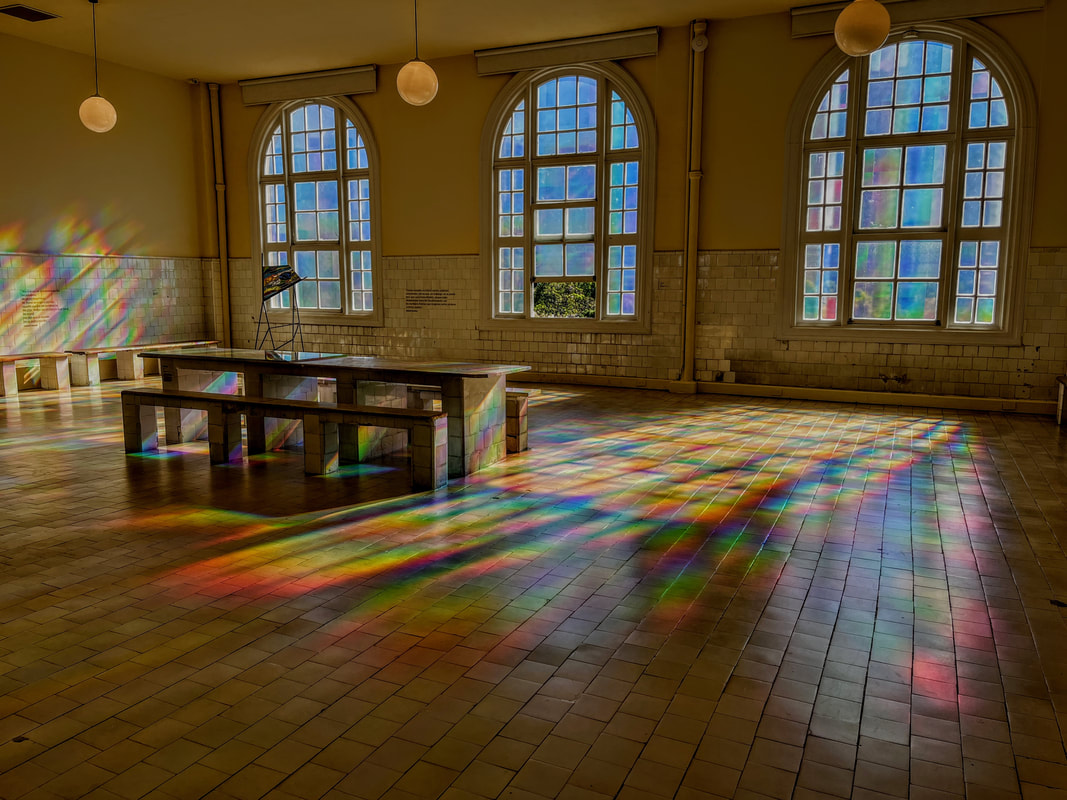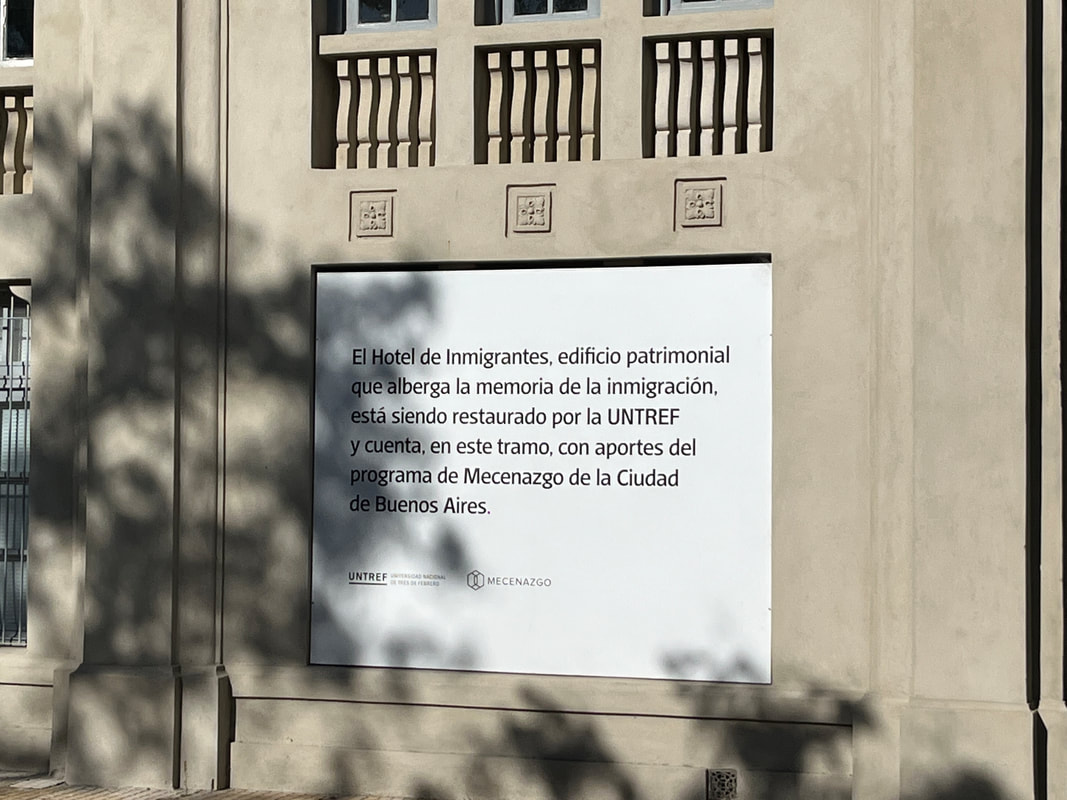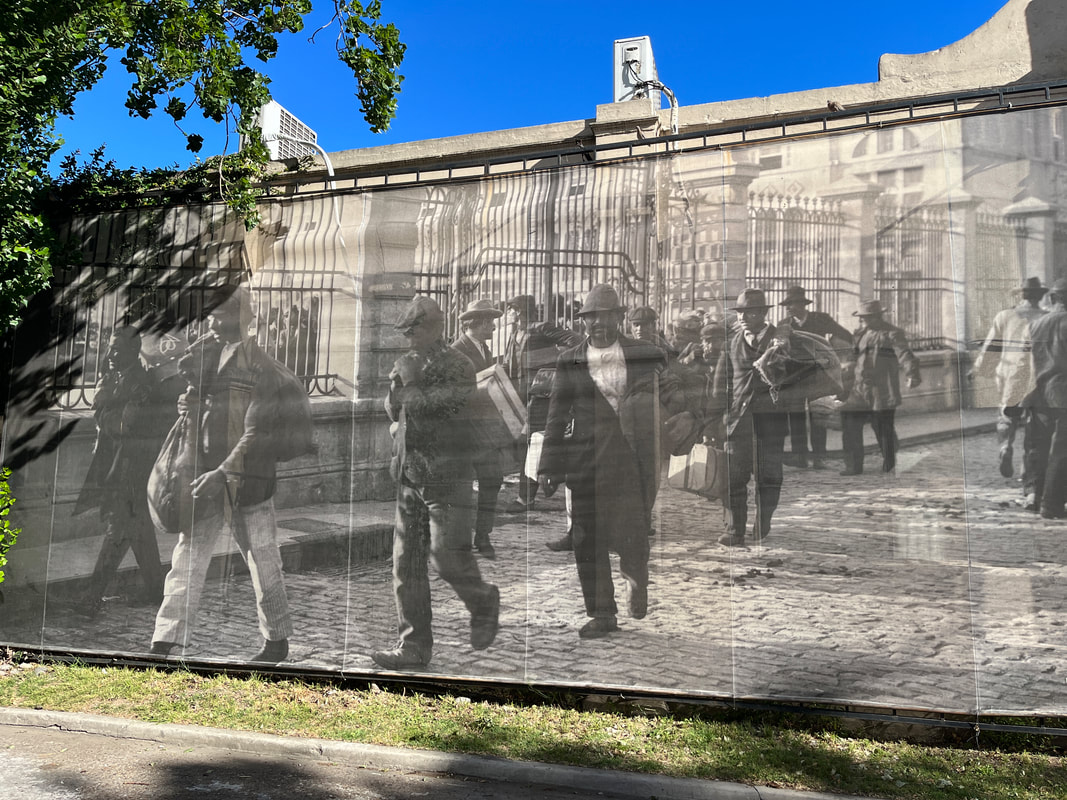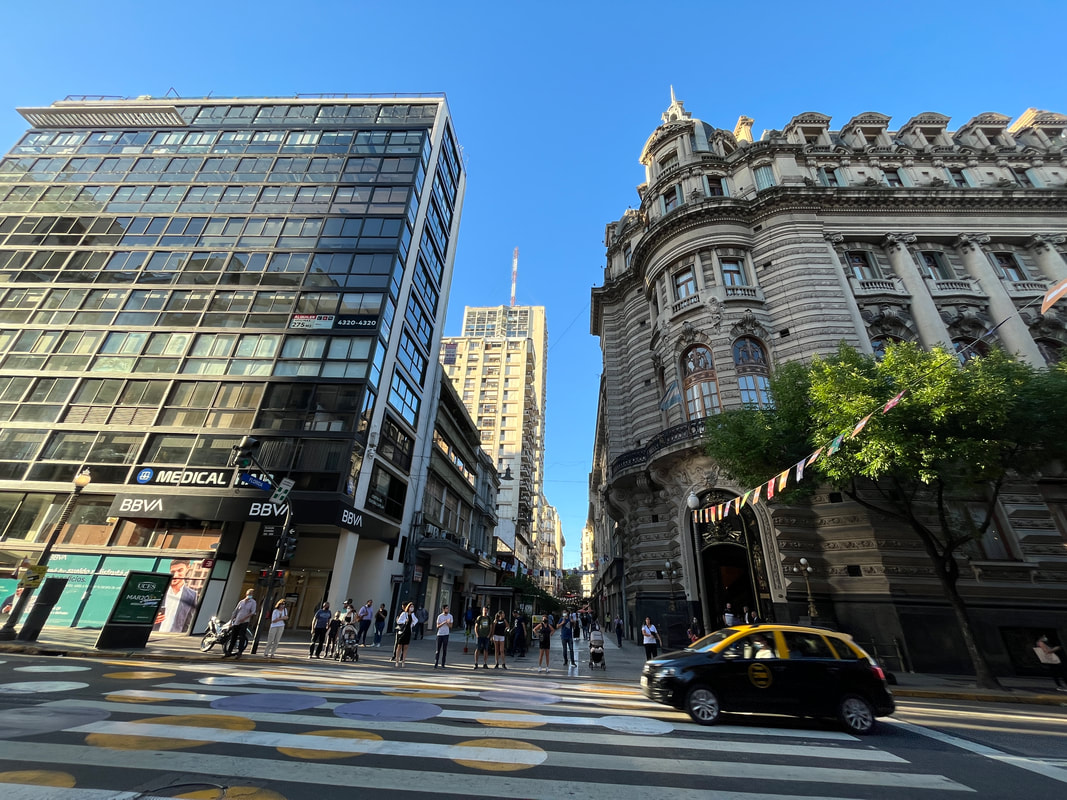Buenos Aires
I was now officially on the exact opposite side of the world! The entire globe lay between me and my home!
A different hemisphere! A new continent! A new country! WOOHOO!
ARGENTINA!
WOOHOO!
A different hemisphere! A new continent! A new country! WOOHOO!
ARGENTINA!
WOOHOO!
All this talk about Argentina’s flailing economy and sovereign defaults and all that got me wondering what kind of shape the country was in. I was prepared to see shanty towns and soup kitchens and bums and homeless people and crumbling infrastructure and unshaven people picking cigar ends out of gutters and so on.
And nothing could be further from that! Buenos Aires was a wonderful place!
It was filled with the most awesome architecture, beautiful parks, and bustling markets and clean and beautiful streets and beautiful, well dressed people!
And nothing could be further from that! Buenos Aires was a wonderful place!
It was filled with the most awesome architecture, beautiful parks, and bustling markets and clean and beautiful streets and beautiful, well dressed people!
I had seen a nice garden with a bunch of martial-looking statues and went to check them out - and it turned out to the ‘Plaza General San Martin’.This park was part of a whole cascade of parks - and they formed a beautiful green line down to the railway terminus and docks.
There was a monument to soldiers of the Falklands war, then - rather ironically - A british clock tower surrounded by a garden - the ‘Torre monumental’ (Ironical because the Falklands war was fought with the British!), then there was a ‘Plaza canada’, then there were the gardens of the military base etc. These beautiful gardens - especially the San Martin plaza- provided a lovely green lung inside the city for people to come and hang out and bring their dogs out to play! It was the local dog park.
I set out to check out the famous obelisk of Buenos Aires. which was built in 1936 to celebrate 400 years of Buenos Aires.
When I did reach it - I was a bit deflated. It was a huge and pointy tower of stone…but that was about it. There was nothing more to see apart from that.
There used to be an old church here - which became famous as the first place where the new Argentine flag had been unfurled in defiance of the Spanish empire! They demolished that church and built this giant phallic monument in its place!
There used to be an old church here - which became famous as the first place where the new Argentine flag had been unfurled in defiance of the Spanish empire! They demolished that church and built this giant phallic monument in its place!
Having seen the ‘Obelisco de Buenos Aires’ - I then went off to see the heart of Buenos Aires - the Plaza de Mayo!
The square is surrounded by all kinds of important buildings - the seat of government, the main cathedral of Spain, the city hall and the headquarters of the national bank! And of course that pyramid - and a statue of another freedom fighter on horseback - General Belgrano.
The square is surrounded by all kinds of important buildings - the seat of government, the main cathedral of Spain, the city hall and the headquarters of the national bank! And of course that pyramid - and a statue of another freedom fighter on horseback - General Belgrano.
Argentina went through a period of brutal military dictatorships in the 70s - and at that time, government ‘death squads’ used to round up protestors and ‘people of interest’ to torture and murder them. And this was done with American guidance and cooperation!
This plaza was the place where the mothers of these unfortunate people protested with signs and photos of disappeared children to show the world what the military regime was doing. This historic protest was called ‘The Mothers of the Plaza de Mayo’ - and these brave women used to demonstrate in front of Presidential palace and demand to know where their children were!
The military dictatorship was eventually ousted - but their children would never return! Even today the mothers assemble here every Thursday afternoon and march around the May pyramid in memory of the lost children!
I saw the memorial stones and photos of the lost people below the statue of General Belgrano - it was a really sad thing to see!
This plaza was the place where the mothers of these unfortunate people protested with signs and photos of disappeared children to show the world what the military regime was doing. This historic protest was called ‘The Mothers of the Plaza de Mayo’ - and these brave women used to demonstrate in front of Presidential palace and demand to know where their children were!
The military dictatorship was eventually ousted - but their children would never return! Even today the mothers assemble here every Thursday afternoon and march around the May pyramid in memory of the lost children!
I saw the memorial stones and photos of the lost people below the statue of General Belgrano - it was a really sad thing to see!
A more positive thing to see was the Cathedral of Buenos Aires - a place which I had been curious about!
Because this was the current Pope’s home church ! The current Pope - Pope Francis - was earlier the Bishop and later the Cardinal of Argentina, and this cathedral was his home base.
Because this was the current Pope’s home church ! The current Pope - Pope Francis - was earlier the Bishop and later the Cardinal of Argentina, and this cathedral was his home base.
Since he is known to be the most open-minded and compassionate pope in a long time , I thought that it was most apt that the main mural in the church was ‘Jesus and the adulteress’ a story about forgiveness and compassion. The crowd wants to kill a woman accused of sleeping around, and Jesus says - yeah sure, go for it - but only if you have never committed any sin yourself! Otherwise - keep your peace and go away!
Apart from the Pope thing, the cathedral is famous for having the remains of General San Martin - A pair of soldiers in ceremonial uniform stand in a honour guard there all the time, and I was lucky enough to see them marching formally from government house to the church to perform their duties. It looked most…military!
I kept walking about aimlessly, enjoying the beauty of the city - it was full of beautiful buildings and gardens and grand sculptures - and was neat and clean with no litter or garbage! The roads were tree-lined and pedestrian-friendly - it was a pleasure to just amble along aimlessly. I found myself close to a canal. A canal? Why would there be a canal here? I checked in Google Maps and saw that it was no ordinary canal - it was an entrance to a marina! All kinds of expensive yachts and boats were parked out there and I looked at them with admiration. What cool boats!
It certainly didn’t look like any nation which has defaulted on sovereign guarantees! It looked very posh indeed.
It certainly didn’t look like any nation which has defaulted on sovereign guarantees! It looked very posh indeed.
After a most satisfying lunch, I again checked Google Maps for any more unknown gems - and saw that there was a ‘Museum of Immigration’ nearby. What is a museum of immigration? I was immediately intrigued. This too was not listed in any ‘lists’ - and I promptly decided to check it out.
This also turned out to be a gem! The ‘Museo de la Inmigración’ is located in the old "Hotel de los Inmigrantes", a state-funded institution that, from 1911 to 1953, provided free boarding, orientation and training to immigrants - mainly Italians, but europeans of all sorts - arriving in Buenos Aires, and helped them find work and settle down in their new country. It highlights the social, economic and cultural importance of the various waves of immigration that arrived in Buenos Aires, from those that arrived from Europe, Asia and Africa at the end of the 19th and start of the 20th century, to more recent migrations from other countries in Latin America. It focuses on every stage of the immigration process - their journey, arrival in Buenos Aires, integration into society, and the legacy left by the immigrants.
It was entirely in Spanish unfortunately - so I couldn’t read the material…but it was so well laid out, with poignant photos and audio recordings and models of the ships they came in, the luggage they brought with them, the conditions they stayed in - I enjoyed it thoroughly. There was an art gallery as well - the same building houses the Center of Contemporary Art, which has held exhibitions by various international artists.
Again - I was the only visitor in the entire museum! It was like a private showing just for me.
Serendipity! WOOHOO!
This also turned out to be a gem! The ‘Museo de la Inmigración’ is located in the old "Hotel de los Inmigrantes", a state-funded institution that, from 1911 to 1953, provided free boarding, orientation and training to immigrants - mainly Italians, but europeans of all sorts - arriving in Buenos Aires, and helped them find work and settle down in their new country. It highlights the social, economic and cultural importance of the various waves of immigration that arrived in Buenos Aires, from those that arrived from Europe, Asia and Africa at the end of the 19th and start of the 20th century, to more recent migrations from other countries in Latin America. It focuses on every stage of the immigration process - their journey, arrival in Buenos Aires, integration into society, and the legacy left by the immigrants.
It was entirely in Spanish unfortunately - so I couldn’t read the material…but it was so well laid out, with poignant photos and audio recordings and models of the ships they came in, the luggage they brought with them, the conditions they stayed in - I enjoyed it thoroughly. There was an art gallery as well - the same building houses the Center of Contemporary Art, which has held exhibitions by various international artists.
Again - I was the only visitor in the entire museum! It was like a private showing just for me.
Serendipity! WOOHOO!
I finally called it a day and made my way back to Plaza San Martin to lie in the cool grass and watch the dogs frolic in the lawns and relax after a long day.
It was my last day in Buenos Aires - tomorrow I would be leaving for the southern-most port in the world!
Ushuaia!
It was my last day in Buenos Aires - tomorrow I would be leaving for the southern-most port in the world!
Ushuaia!

